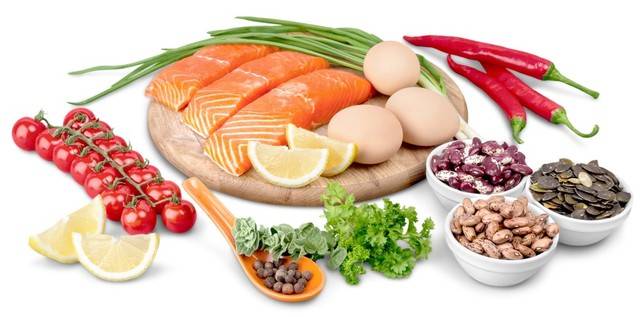On the path to pursuing a healthy physique, whether it’s fitness enthusiasts eager to shape strong muscles or those looking to shed excess fat and enhance their body lines, a high-protein diet acts like a key that can open the door to the ideal body shape. This article will delve into the secrets of high-protein diets, from scientific principles to practical guidelines, achieving the dual goals of muscle gain and fat loss, allowing the body to shine a balance of health and beauty.
The Scientific Basis of a High-Protein Diet
1. Protein: The Foundation of Life
Protein is the fundamental substance that makes up body tissues and is also a component of biological active substances such as enzymes and hormones. In the realm of fitness, protein is a crucial nutrient for muscle growth and repair. During strength training, muscle fibers undergo tiny tears, which, with sufficient protein supply, can be repaired and become stronger, thus achieving muscle growth.
2. Promoting Muscle Synthesis and Inhibiting Muscle Breakdown
A high-protein diet can significantly increase amino acid levels in the body, particularly branched-chain amino acids (BCAAs) like leucine, which can activate the mTOR signaling pathway, promoting protein synthesis while inhibiting the breakdown of muscle proteins. This means that promptly supplementing with high-quality protein after training can effectively promote muscle recovery and growth.
3. Aiding Fat Loss
While protein itself does not directly burn fat, it can indirectly promote fat loss in several ways. First, a high-protein diet can increase satiety, reducing overall caloric intake and aiding in weight control. Second, protein has a high thermic effect of food (TEF), meaning more calories are consumed by the body during the digestion, absorption, and metabolism of protein, thus increasing daily energy expenditure. Finally, protein helps retain muscle mass, preventing “muscle loss” during fat loss, making the body’s contours tighter.
How to Create a High-Protein Diet Plan
1. Determine Protein Needs
Everyone’s protein needs vary based on body weight, activity level, fitness goals, and other factors. Generally, those looking to gain muscle are advised to consume 1.6-2.2 grams of protein per kilogram of body weight daily, while those aiming to lose fat should aim for 1.2-1.8 grams per kilogram. However, please note that this is just a rough range, and adjustments should be made based on individual circumstances.
2. Choose Quality Protein Sources
Animal Protein: Chicken breast, lean beef, pork tenderloin, fish (such as salmon, cod), eggs, milk, yogurt, etc. These foods not only have high protein content but also have amino acid profiles similar to those of the human body, making them easy to absorb and utilize.
Plant Protein: Soy products (tofu, soy milk, dried tofu), nuts (almonds, walnuts), seeds (chia seeds, flaxseeds), quinoa, oats, etc., are also excellent sources of protein, especially suitable for vegetarians or those wishing to diversify their diets.
3. Distribute Protein Intake Timing Reasonably
Breakfast: Starting the day with a certain amount of protein at breakfast can help wake up the body and provide energy for the entire day.
Before and After Training: Consuming a small amount of protein 30 minutes to 1 hour before training helps reduce muscle breakdown; immediately supplementing protein after training accelerates muscle recovery and growth.
Main Meals and Snacks: Ensure that each meal contains sufficient protein while using snacks (like protein bars, Greek yogurt) to fill the gaps between main meals, maintaining a continuous supply of protein.
4. Pay Attention to Dietary Balance
A high-protein diet does not mean eating only protein while ignoring other nutrients. Carbohydrates, fats, vitamins, and minerals are equally crucial.


